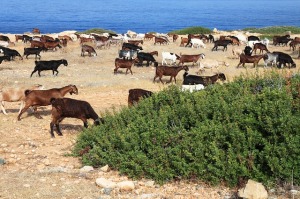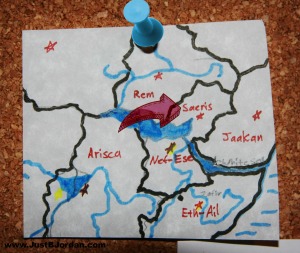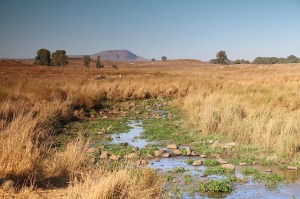Within The Pages: Saeris Tribe
While writing To Ashes We Run I began to realize just how intricate the history and culture of this land and the tribes are. So, while I finish up To Ashes We Run, I thought I would share some of what makes this place so interesting to me. This first post is about one of the tribes. (The dwarven continent is divided into tribes, which are divided into clans, which are made up of families.)
All of the dwarven tribes have very different cultures from one another. Although To Ashes We Run takes place mostly in Nef-Ese, Saeris is important to the history of the story. Both the antagonist, the witch Raizel, and a supporting character, Saqr, are Saeris dwarves. I thought Saeris would be a good place to begin.
Here is the rough draft map I drew up a while ago. The arrow points to the land of Saeris.
Saeris
Average Height: Males-5’7” Females-5’4”
Hair: Black or Dark Brown
Eyes: Browns, Hazel
Skin: Bronzed
Commerce: Saeris’s richest export is in precious gems and myrrh. Even so, Saeris is not known for being a large buyer or seller in anything but livestock. This is seen as odd, since their land sits on the center of the eastern trade and salt roads.
Terrain: High desert
Culture: Saeris is one of the only tribes without a King or Yaeron*. Each clan within the tribe rules itself individually. Because of this minor disputes between clans are common, and often lead to feuds or short wars between the involved clans.
 Saeris defines wealth by livestock. The larger a family’s or clan’s herds of goats, sheep, and/or cattle are, the higher social standing they have.
Saeris defines wealth by livestock. The larger a family’s or clan’s herds of goats, sheep, and/or cattle are, the higher social standing they have.
Over half of the Saeris clans live in permanent buildings. The minority of clans live as nomads. Of those who have constructed permanent dwellings, some clans have made villages where families live in very close proximity to one another. They have a definite, but lax, hierarchy and function more as a whole than as separate family unites. Herds are seen as belonging to the clan, and not to specific families.
Other clans separate by families and spread out over their clan’s land, each family with their own section and their own herds. They sometimes live dozens of miles away from the nearest family. These clans typically only converge as a whole for major celebrations, such as weddings.
Saeris’ history of war with other tribes is almost non-existent. This was assumed to be because of their luck of never being invaded, and because they had no king to lead them out against another tribe. Jaakan rose against them in the recent past, believing Saeris lands would be easily acquired. But, to the surprise of Jaakan, Saeris temporarily converged into a mass army. A drawn out and bloody war commenced. It only recently ended, with Jaakan having failed in their goal, though Saeris was very nearly defeated.
In Saeris, marriages are decided upon by the bride’s and the groom’s fathers. Sometimes a couple is betrothed even before birth, but it is more common for a daughter’s father to wait until she has grown before promising her to another family, in hopes of securing the best possible match. Marriages take place between families of the same clan. The acceptation to this is when a clan needs to gain better relations with another—this is usually to peacefully settle a feud. At times a bride is demanded by a clan who has won war over another, to ensure that the losing clan will never rise against them again. When this happens the chosen bride is taken from the family of highest social standing who has a daughter of age.
Saeris sees marriage outside of the Saeris tribe as unusual, and sometimes even as traitorous. This is an important bit of information because in To Ashes We Run you meet Saqr, a Saeris dwarf, and she is engaged to Dieon. The tension of this isn’t touched on much in To Ashes We Run, seeing as it is not an extremely active plot point. But the tension is one of the reasons Saqr left the land of Saeris and now resides with the clan of Badar in the tribe of Eth-Ail.
The Saeris way of dress is very different from any of the surrounding tribes’. They typically dress in layers, an uncommon practice to most of their neighbors, and do not wear form-encompassing cloaks as the Jaakan do. Common garb during eljihatt* includes a simple under-dress, an embroidered over dress, belt or sash, head-cloth(made of embroidered cloth or fashioned in one of several Saeris-unique looks), and rawhide sandals. In nabba* their clothing changes slightly. They wear trousers, exchanging their sandals for fur-lined and/or grease-cured boots. Those who are more sensitive to the cooler climate also wear over coats. Often fur linings are added to the cuffs and collars of their dress.
*A yaeron is very similar to a king. In the dwarven continent this title is used more often than king is.
*Eljihatt and nabba are the two seasons which take place in To Ashes We Run. The time of drought and the time of flooding. This is explained at length in To Ashes We Run.
I could go on, but I think this post has become long enough. :) I hope you’ve enjoyed your look into the Saeris tribe!
Want more on To Ashes We Run? Read the free short story Seller of Dreams, the blog post Character Talk: Adisa, and take a look at To Ashes We Run’s Pinterest board!
Just B. Jordan is an award-winning author of fantasy and sci-fi. She graduated high school a year early and received her first publishing contract at the age of 18. To Ashes We Run is her most recent novel. Find it here.



Leave a Reply